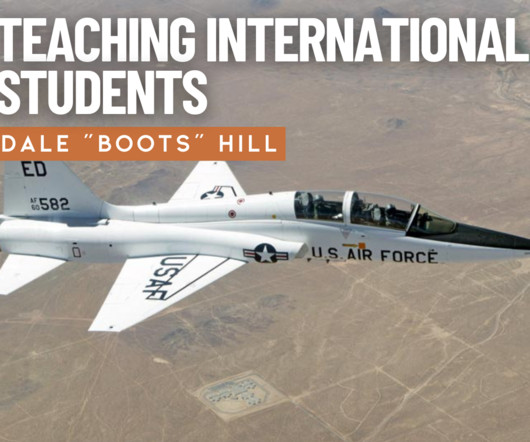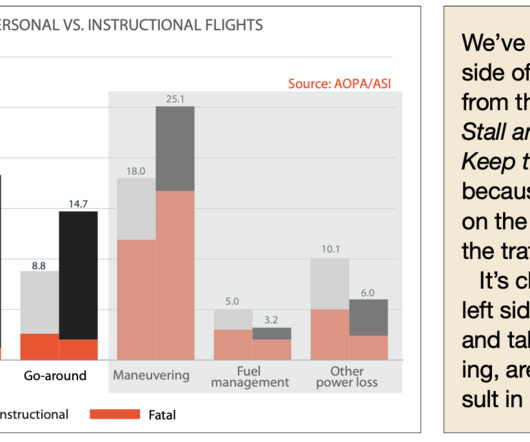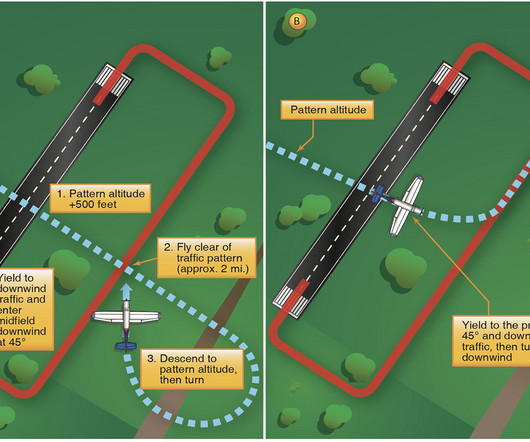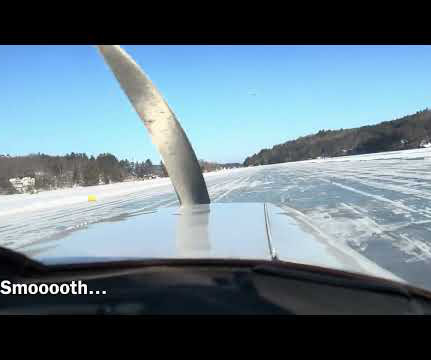Mastering the Crosswind Landing Technique: Tips for Safer Touchdowns
Pilot's Life Blog
JUNE 18, 2025
Crosswind landings can be one of the trickiest parts of flying. We train pilots step-by-step, combining hands-on practice and expert guidance to build confidence and skill in handling crosswinds safely. A crosswind is any wind that blows perpendicular or at an angle to the runway centerline.


























Let's personalize your content